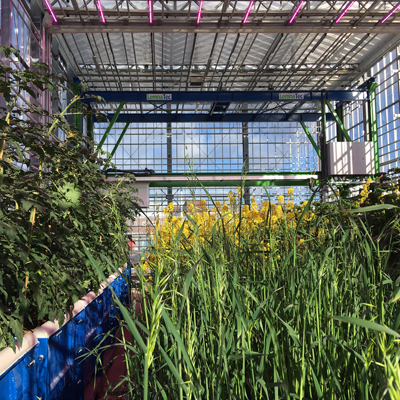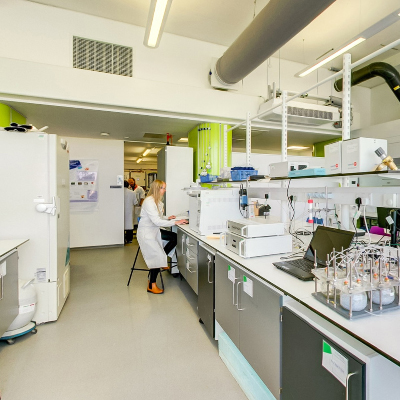At a glance
- DatesSept 2020 – March 2022
- SponsorInnovate UK
- Funded£198,907
- PartnersJGHC Ltd. (Project lead who work closely with Cobrey Farms which produces 40% of the UK’s asparagus), Cardiff University
Maintaining asparagus quality using refrigeration alone is currently limited to one week. Thus, UK asparagus production is unable to provide year round supply necessitating the import of large quantities of spears from overseas. This practise has a significant environmental impact and burden as much of the product is transported by air freight.
A previous Innovate UK and BBSRC funded project at Cranfield established the optimum dynamically controlled atmosphere (DCA) conditions to preserve the quality of UK asparagus. However, the major limiting factor to implementing DCA commercially was the development of the physiological disorder known as tip breakdown (affecting up to 10% of asparagus production, thus significantly contributing towards postharvest food losses [SDG 12.3]). Tip breakdown is characterised by tissue discolouration and disintegration, and the development of an off odour (see image).
Figure 1, Development of tip rot as shown externally and internally with increasing severity (a, healthy; b, mild tip rot [internal symptoms]; c, severe tip rot [internal and external]). Credit: L.R. Sánchez, MSc thesis, 2018.
High levels of tip breakdown were observed in 2018 across the UK and this was attributed to the warm temperatures during the harvest season. The work performed during this project will combine pre-harvest and postharvest trials to help identify factors responsible for tip breakdown. Eventually, non-destructive techniques will be used in combination with molecular physiology approaches in order to develop a decision support tool to identify pre-symptomatic tip breakdown spears.
Why Cranfield University?
The Plant Science Laboratory (PSL) was founded in 2002 at Cranfield University and has become one of the largest and best-equipped postharvest research groups in the world.
Facilities used
CHAP pilot scale environmental simulation rooms Environmental Analytical Facilities






